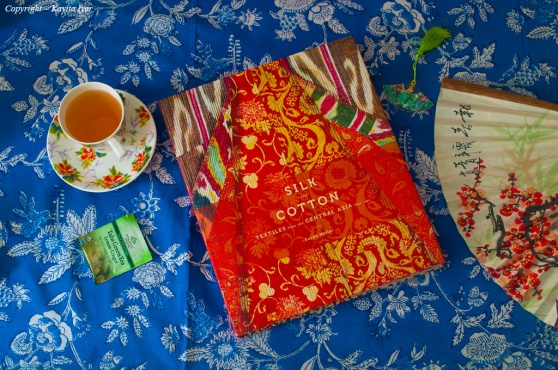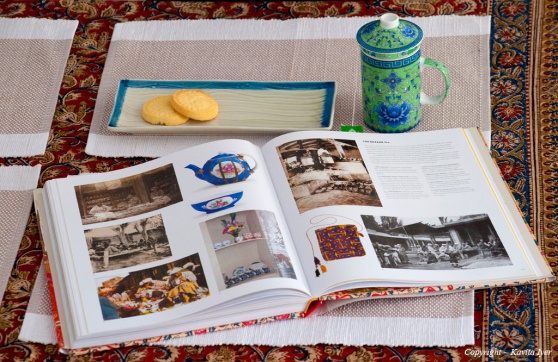Silk and Cotton is the best book in years that I have read on the fascinating and complex world of Central Asian textiles. Meller’s thorough study of archival sources along with her deep understanding of textile production in the region combine to make this an important contribution to the field. Her selection of photographs, both modern and vintage are also well-chosen. These especially are helpful in understanding the way the textiles were made and used.
Appropriate to the title, Meller’s introduction also discusses the significant role that the cultivation and sale of cotton and silk have played in the region. For centuries the fabled Silk Road passed through the Central Asian caravan cities of Bukhara, Samarkand, and Tashkent, to name a few. Silk has also been produced in Central Asia since the middle of the first millennium AD.
In the late nineteenth century, the Russians colonizers began to encourage cotton cultivation in order to fill the vacuum created by the American Civil War. This development has had far-reaching and long-lasting effects on Central Asian society and economy, including the use of child labour and displacement of food crops.
Following the historical introduction, Meller’s book is divided into sections consisting mostly of photographs, with informative introductions and captions. The subjects include Adult Clothing, Children’s Clothing, Headwear, Suzani (embroidery), Household, Animal Trappings, Cloth, The Bazaar, and Soviet Influence. The introduction to the section on the bazaar is composed almost entirely of quotes from Western travellers, and the photos provide both historical and contemporary scenes of bazaars, tea houses, and common items for sale.
“Soviet Influence” documents a number of ways in which Soviet rule influenced Central Asian society, including embroidered wall hangings and banners displaying the Soviet hammer and sickle, the Soviet unveiling campaign for women, and specimens of embroidery celebrating Soviet-introduced holidays.
Silk and Cotton includes hundreds of striking photographs of brightly coloured, richly patterned, Central Asian articles of dress–hats, pants, robes, belts, veils–as well as wall hangings, bags, saddlery, and close-ups of cloth. Most of the artifacts date from the late nineteenth century through the middle of the twentieth. Not only is this a visually stunning work, Meller has mined travelogues and histories for fascinating period details. Meller’s introduction provides an overview of the people who have populated and ruled the region, including the various Turkic-speaking nomadic groups, the Persians, the Jews, and the Russians.
Silk and Cotton is an accessible and valuable source of visual and factual information. The range of textiles illustrated, especially embroideries, is quite extensive. Anyone with an interest in collecting Central Asian textiles, whether in Central Asia or the west will find this book an essential guide to the vast array of examples available today. It was both a pleasure and an education to read.
Thank you, Susan Meller for this gem!
Book Title : Silk and Cotton: Textiles from the Central Asia that was
Author: Susan Meller
Rating: 5/5


